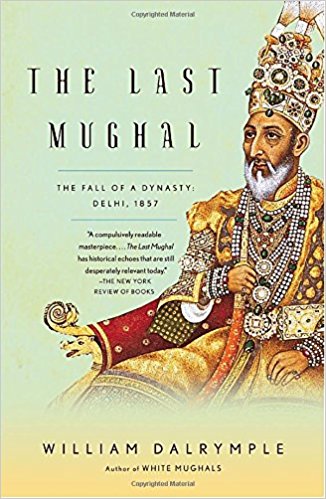In the 150th anniversary year of the great revolt of 1857, William Dalrymple has stolen a march over professional historians (that is, historians who also happen to be academics, for, Dalrymple is in his own way a professional historian having been engaged for long in researching and writing on historical themes), by producing a major new study of the event. The Last Mughal is not so much a biography of Bahadurshah II, better known by his takhallus or pen-name ‘Zafar’, as a history of the revolt in Delhi. Nearly four-fifths of the volume deals with the background to the revolt, the revolt itself, and the terrible aftermath. The book does set out all the relevant information on the personal life and public career of Zafar, though the focus is on the period from the mid-nineteenth century down to the final days of the last Mughal emperor. This is a well-told story, and Dalrymple manages to capture all the excitement and turmoil of the rebellion, as well as the desolation of Delhi after the British had recaptured the city.
The real strength of the book is its portrayal of the everyday lives of various sections of the people of ‘independent Delhi’ during the hot summer months of 1857. Dalrymple has painstakingly put together some fascinating contemporary illustrations, among which the rare portrait of Zafar in his early twenties is a gem.


Wow, wonderful weblog layout! How long have you been running
a blog for? you make running a blog look easy. The full look of your website is
great, let alone the content! You can see similar here najlepszy sklep
At this time it appears like WordPress is the top blogging platform available right now.
(from what I’ve read) Is that what you are using on your blog?
I saw similar here: Ecommerce
Someone necessarily help to make critically posts I might state. That is the first time I frequented your web page and to this point? I amazed with the analysis you made to make this actual submit amazing. Wonderful task!
Hello there! Do you know if they make any plugins to assist with SEO?
I’m trying to get my blog to rank for some targeted keywords but I’m not seeing very good
results. If you know of any please share. Kudos!
You can read similar blog here: Sklep internetowy
It’s very interesting! If you need help, look here: ARA Agency
Wow, wonderful weblog structure! How long have you been blogging for?
you made blogging look easy. The full look of your site is excellent, as neatly as the content!
You can see similar here sklep online